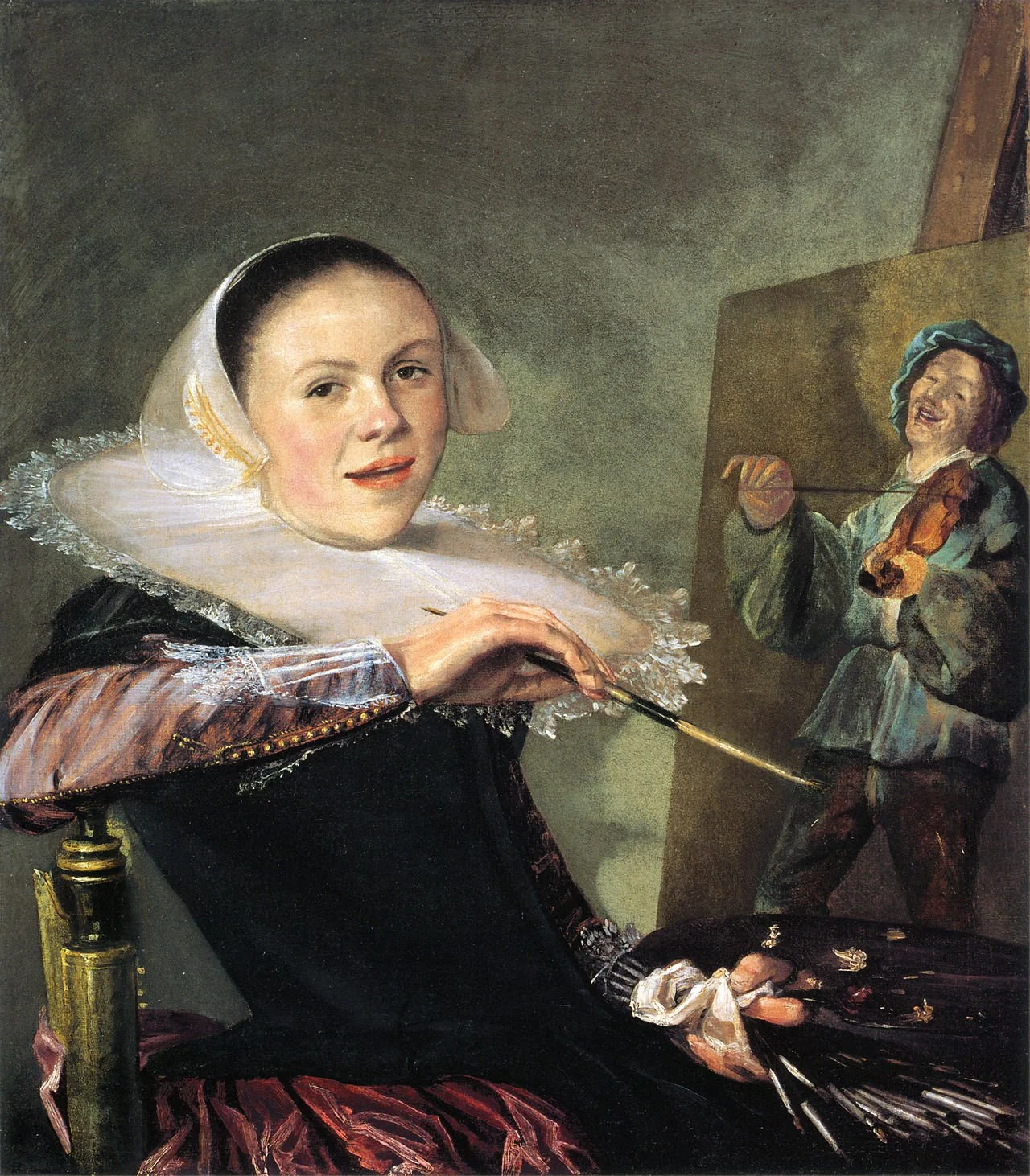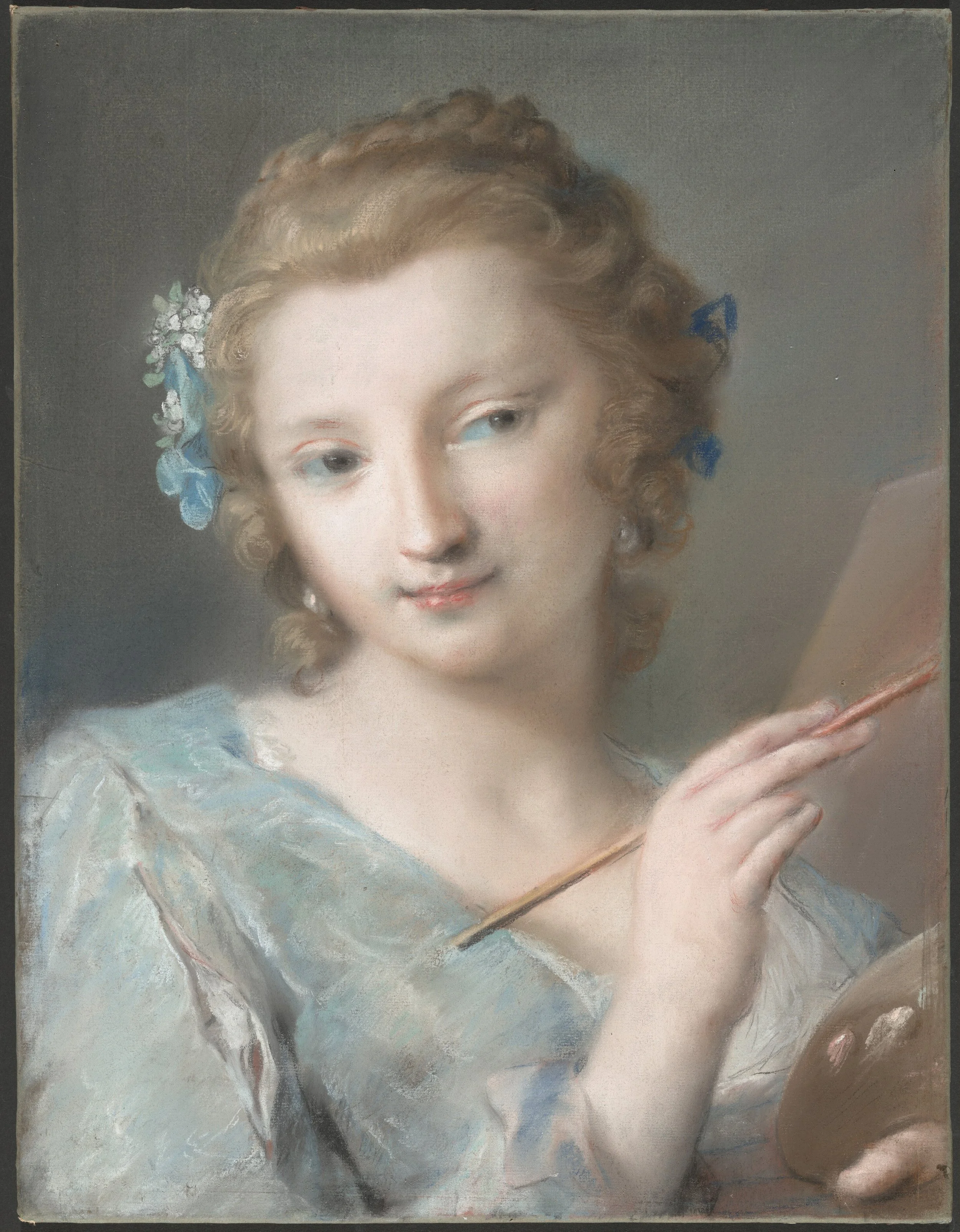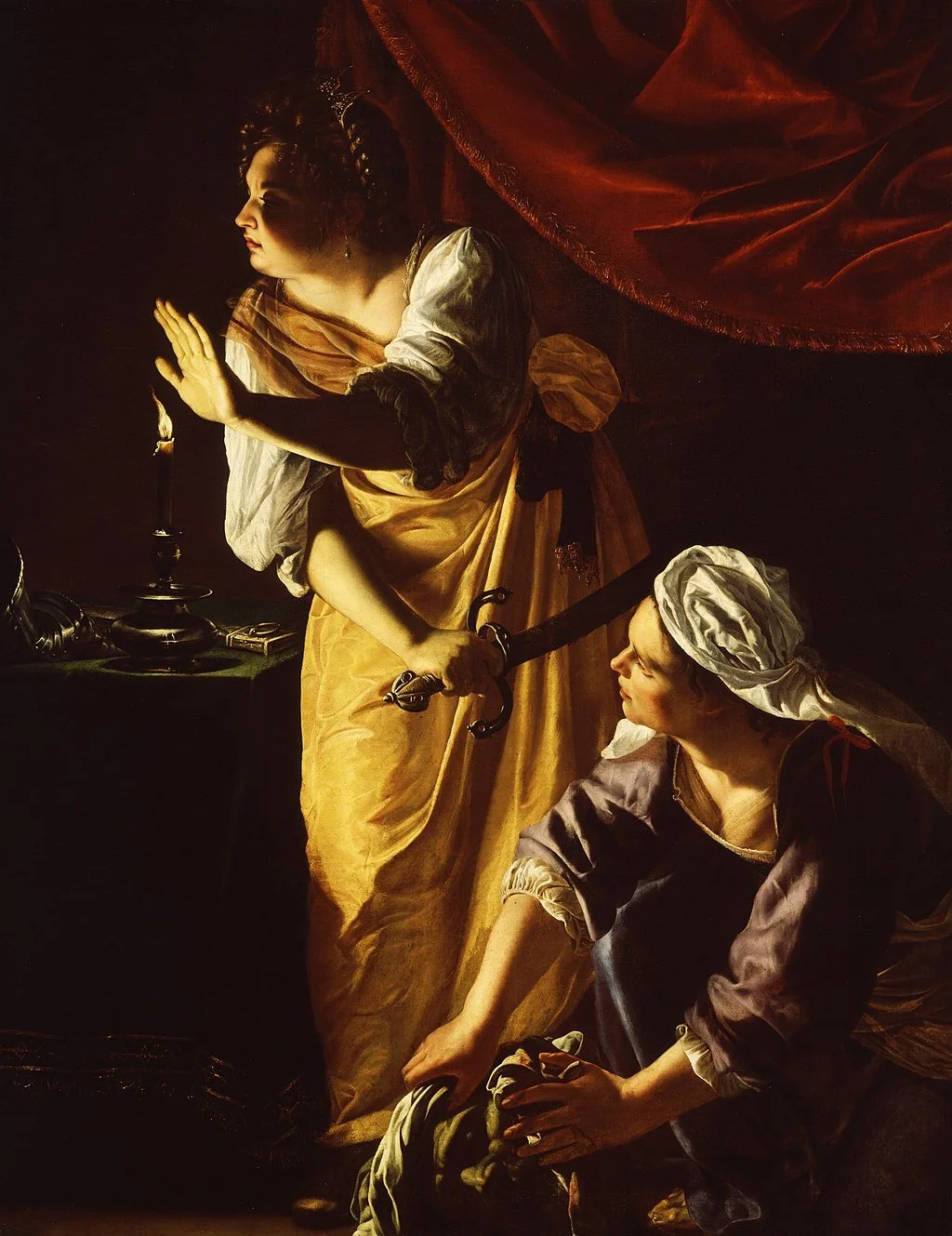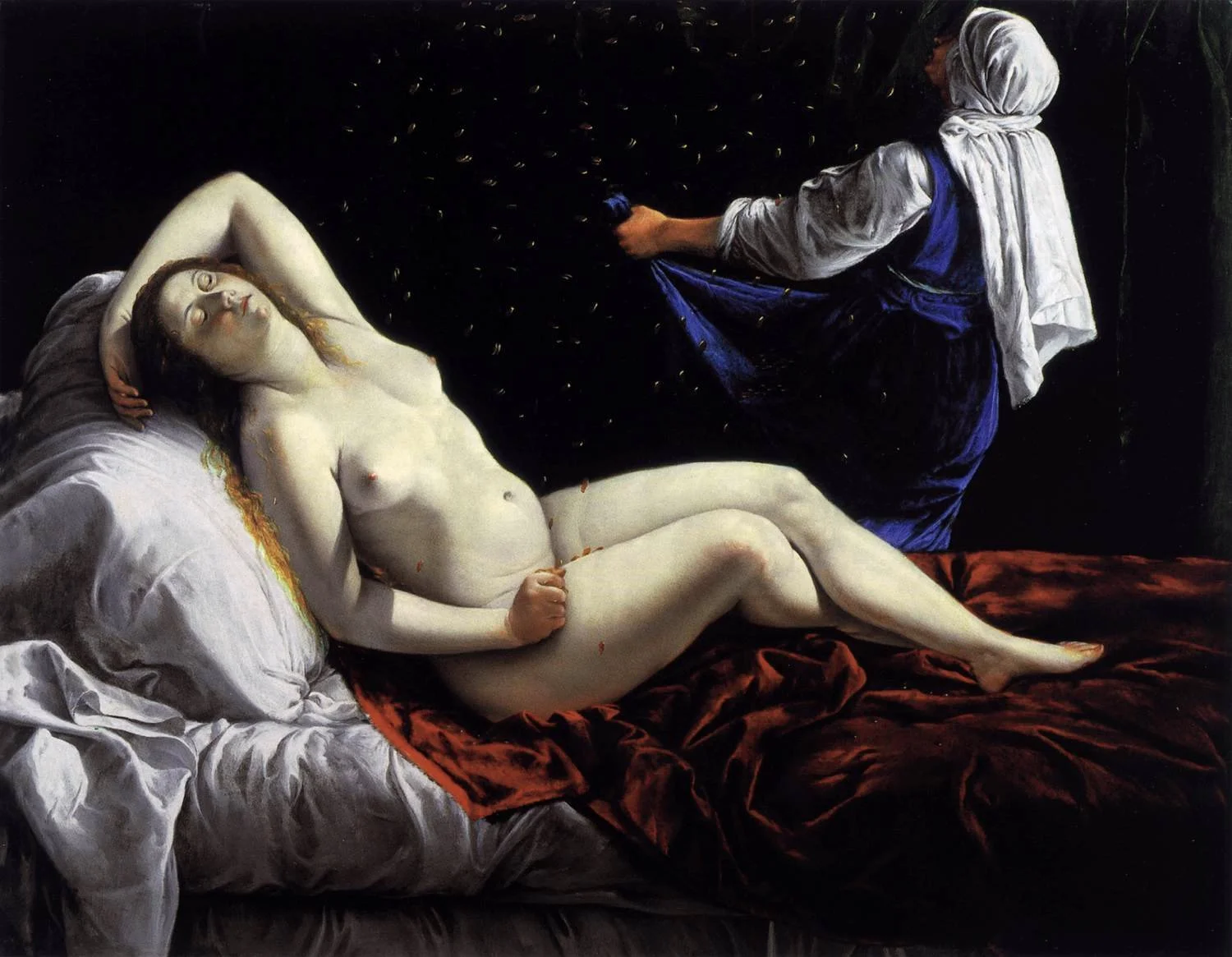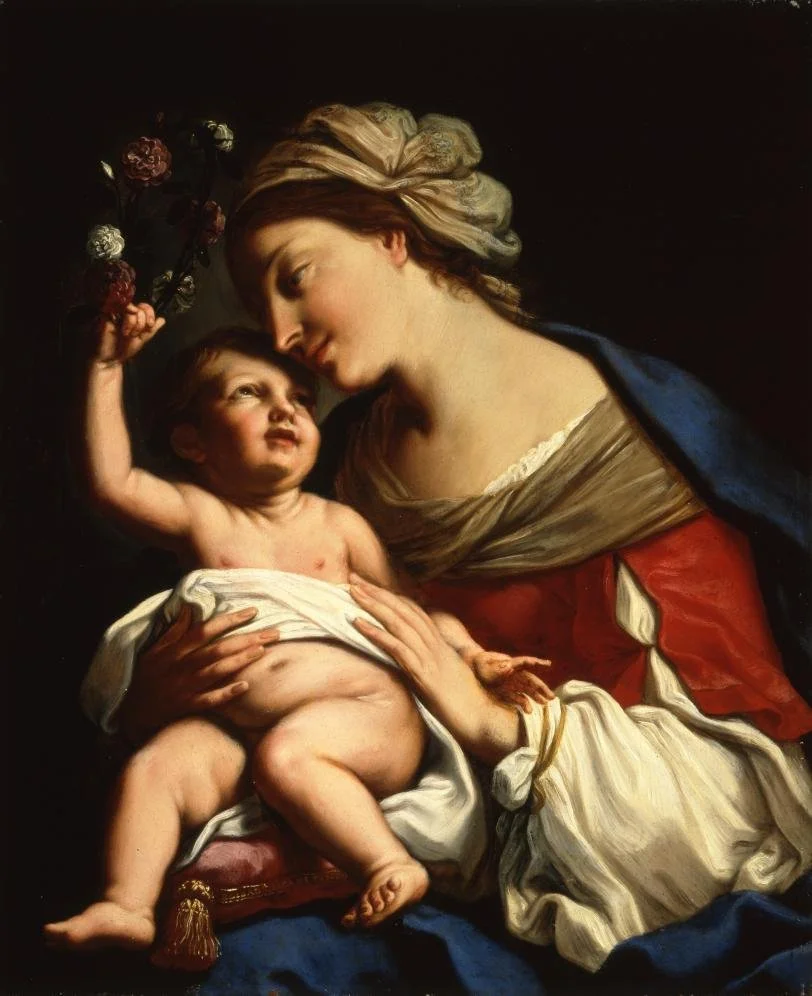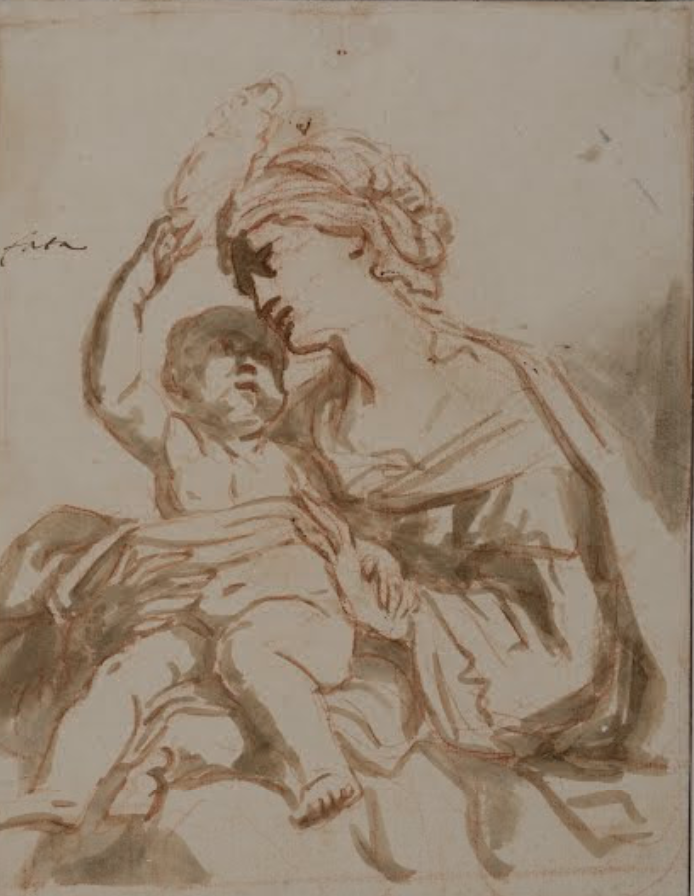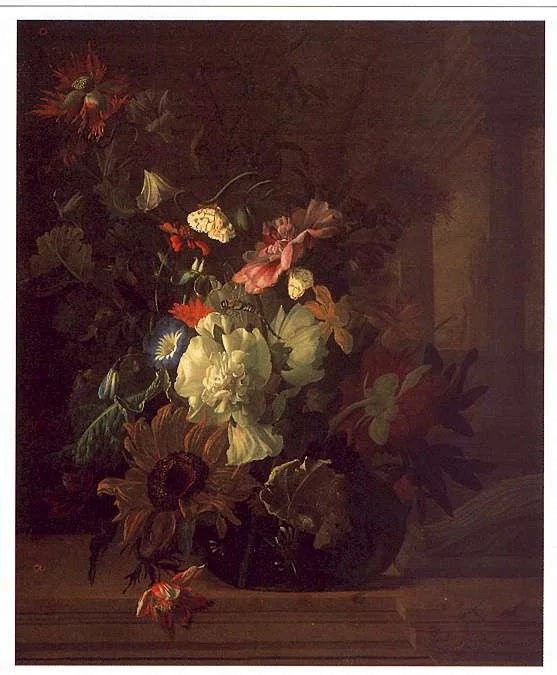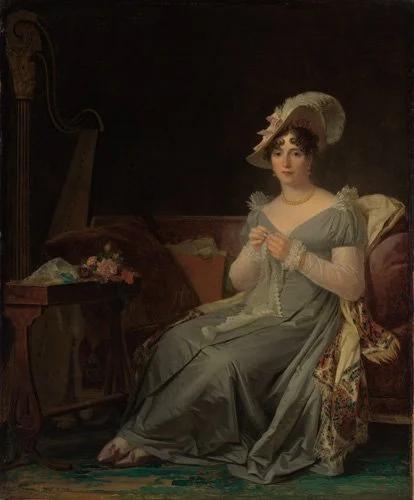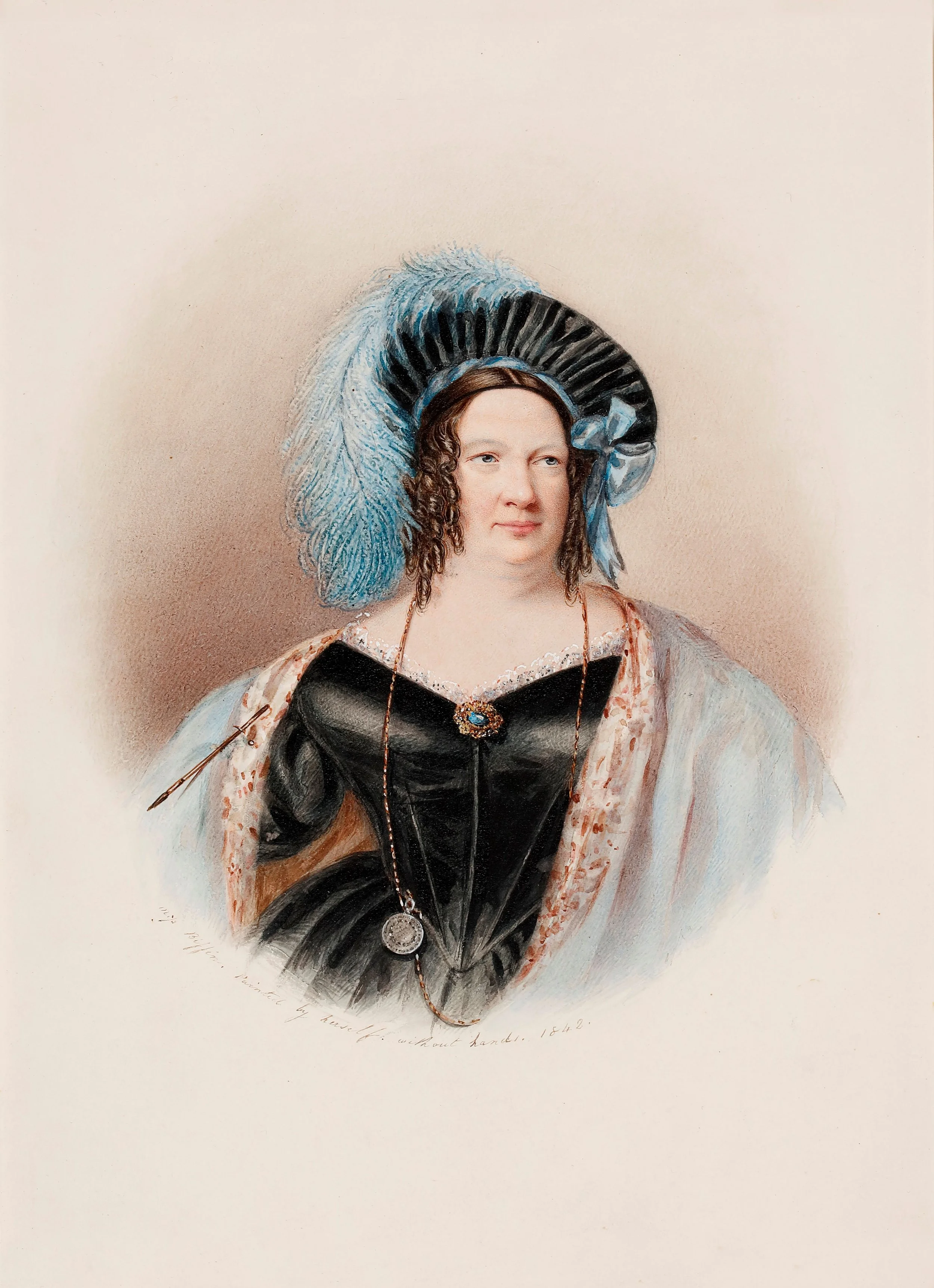Making Her Mark at the BMA
Exploring A History of Women Artists in Europe, 1400-1800 at the Baltimore Museum of Art
When I arrived in Baltimore and picked up my tickets for Making Her Mark, I was expecting a relatively straightforward exhibition. As one can guess from the title, it is a celebration of the works of female artists, so I was anticipating a small collection of works by women with explanations of how they fit into the broader history of art.
Making Her Mark digs deeper than that. The exhibition moves beyond the simple message of 'women can do it too!' and instead explores what it truly means to be a female artist. We know that women can create art. We know that women have always created art, even if their talents weren't as widely recognized. Making Her Mark challenges us to understand how the works of female artists reflect the feminine experience and are more than just alternatives to works by their male counterparts.
This article highlights some of my favorite works from the exhibition. Be sure to visit them, and the rest of the exhibition, on display at the BMA until January 7th, 2024.
Artemisia Gentileschi
Judith and Her Maidservant with the Head of Holofernes, Artemisia Gentileschi, (1623-1625).
Detroit Institute of Arts
Artemisia Gentileschi was one of the best known Italian Baroque painters. Her works have often been compared to those of Caravaggio, the master of the Baroque style. She trained under her father, and went on to paint several biblically-inspired scenes.
Traumatic events in her personal life may have shaped her early career. She was sexually assaulted by one of her teachers, and some art historians theorize that this is why many of her works include themes of women committing acts of violence against men.
Judith and Her Maidservant with the Head of Holofernes is one such painting. Holofernes was the general of the Assyrian army that was attempting to conquer Israelite cities. Judith, a citizen of one of the cities under siege, went with her maidservant to a dinner hosted by the Assyrians, where she seduced Holofernes. After plying him with wine, she beheaded him, leading to the defeat of the Assyrians. In this work, we see the Maidservant placing Holofernes's head into a bag while Judith stands watch.
However, reducing Gentileschi's art to just violent scenes in response to her past does her a disservice. She was a very talented painter, a master of the sharply contrasting light and shadow associated with the Baroque movement, and skilled at envoking drama and tension in her works.
Danaë, Artemisia Gentileschi, (1612). Saint Louis Art Museum
Gentileschi's works are also notable for their treatment of the female nude. During the Renaissance, artists became fascinated by the human body, and studied everything from ancient sculpture to live models to dead bodies in order to gain a better understanding of anatomy.
However, most artists were interested in idealizing the body in their works, often sexualizing the women in the process. While this painting does depict a sexual act (The Greek god Zeus is the gold falling on Danaë and impregnating her), Danaë does not seem to be enjoying the shower of gold. Her body is not idealized, her legs are firmly closed and crossed, and her fist is clenched. Even her facial expression is, at best, bored, which tells us that Zeus's visit might be unwelcome.
These subtleties, along with Gentileschi's personal history, make this work a very complex and layered depiction of the myth of Danaë.
Elisabetta Sirani
Virgin and Child, Elisabetta Sirani (1663). National Museum of Women in the Arts, Washington, D.C.
Elisabetta Sirani was born in 1638 in Bologna, Italy. During this time, Bologna had a relatively progressive stance towards female artists, and Elisabetta was able to pursue a career in art within her father's studio.
Ultimately, her skill as a painter would lead Sirani to become the head of her father's workshop, and her income from teaching and painting would allow her to support her family financially.
In addition to painting, Sirani was an accomplished draftswoman. Her drawings were collected throughout Bologna, and she was skilled using both chalk and a wash ink technique that she pioneered. The wash technique allowed her to work more quickly and loosely than chalk, while still allowing her to create a reference for her paintings.
Here, we can see an example of both her painting and her draft work with Virgin and Child, as well as Madonna Crowned by Christ Child with Roses, which was a study for the painting. The painting demonstrates Sirani's talent as a Baroque artist, with the distinct contrast between light and shadow and the emotion in the faces of the mother and child.
Madonna Crowned by Christ Child with Roses, Elisabetta Sirani (c. 1663). National Museums Liverpool, Walker Art Gallery
Judith Leyster
Self Portrait, Judith Leyster (c. 1633)
National Gallery of Art, Washington D.C.
Judith Leyster’s self portrait is a celebration of her status as a female painter. Her abundance of brushes, painters palette, and painting on the easel clearly identify her as an artist, while her fine clothing, including an impractically large collar, show her femininity. This is likely not how Leyster would have actually looked while working. This dress and collar would not have been practical to paint in, and she wouldn't have needed an entire handful of brushes. Yet she chose to portray herself in this way to send a message about her successes as both a woman and a painter.
The painting within the painting also supports this message. Leyster holds her brush at the same angle as the musician’s bow as a way to communicate that they are both professionals in their chosen craft. She also demonstrates her artistic ability in the fine details of the lace, the realistic shine of the fabric, and the metallic quality of her buttons.
Leyster learned to paint from her father, and later married another artist, Jan Miense Molenaer. She also maintained her own successful workshop and taught several students during the Dutch Golden Age. Many of her works featured musicians, and generally have a very cheerful feeling to them.
Rachel Ruysch
Vase of Flowers, Rachel Ruysch (1689). San Diego Museum of Art
Pearl-Tongue Aloe, Dame Ann Hamilton (1762-1766). Oak Spring Garden Foundation, Upperville, VA
By the late 1600's the idea of female painters was more widely accepted, though there was still a lack of equality in the art world. Still-life paintings, particularly paintings of flowers, were scene as simple works that were 'suitable' for women because they were simple compared to other genres of painting. Artists like Rachel Ruysch challenged this notion.
Ruysch was one of the most talented flower painters in the Netherlands. Her father was a botanist, so she had grown up studying flowers and was able to accurately paint them in interesting and complex arrangements. Vase of Flowers showcases her talent and demonstrates the complexities of still-life. Ruysch includes butterflies to introduce movement into an otherwise still scene, and also paints her flowers in various states of bloom and decay, creating a subtle narrative about the passage of time.
Ruysch's meticulously accurate renderings of flowers can also be seen as a precursor to scientific botanical drawings by artists like Dame Ann Hamilton.
Rosalba Carriera
Allegory of Painting, Rosalba Carriera (1730s)
National Gallery of Art, Washington D.C.
Rosalba Carriera was born in Venice, though her art is much more closely associated with the French royal court. In her early career, she made a living painting miniatures and snuff boxes, but she eventually developed a unique style of portraiture that launched her into notoriety within the French Rococo movement.
Rococo art is often light and soft, with an almost dream-like quality to it. In order to achieve this effect, Carriera abandonned traditional mediums and turned to pastels. Before Carriera, pastels were only used for sketches. Yet the soft, almost powdery effect of the pastels became popular in France, earning Carriera a spot in the prestigious Académie Royale de Peinture et de Sculpture.
Carriera created many self-portraits throughout her career, though this work is understood as an allegory for painting and not an image of the artist herself. In typical Rococo style, Carriera uses light colors to render the subject's fine clothing, and employs her pastels to create a dreamy effect. It is, of course, notable that Carriera chose a woman instead of a man as the personification of painting.
Marguerite Gérard
Motherhood, Marguerite Gérard (c. 1795-1800) Baltimore Museum of Art
Young Woman Embroidering, Marguerite Gérard (c. 1815-1820) Baltimore Museum of Art
Many women during this period in Europe were largely concerned with domestic affairs. They were tasked with managing homes and raising children. While most of this exhibition celebrates women who abandoned their 'traditional' roles, the works of Marguerite Gérard celebrate domesticity.
Gérard was a French Rococo artist, but also often drew inspiration from the Dutch Golden Age. Many of her paintings depict scenes of families at home, and several of these familial scenes focus on the relationship between mother and child, as seen in Motherhood. She also painted women performing other domestic tasks, like embroidering, also shown here.
Her works speak to the value of traditionally feminine tasks, particularly the joys of having a family and raising children.
Sarah Biffin
Self-Portrait, Sarah Biffin (1842) Baltimore Museum of Art
Despite being born with no arms or legs, Sarah Biffin began her successful art career at only 13 years old. She held exhibitions where she would sell her works and invite spectators to watch her paint by holding the brush in her mouth.
She specialized in miniatures, and even took commissions from the British royal family. She managed to leverage both her talent and her disability to become financially independent, and was reportedly a talented writer in addition to painting. She enjoyed the patronage and sponsorship of several members of British high society, including Queen Victoria.
Biffin painted this self-portrait in the later part of her career. She wears fine clothing and the Royal Society of Art's silver medal in a clear statement about her success as an artist. She also has her miniature paintbrush pinned to her shoulder. The painting is small, but demonstrates Biffin's skill and attention to detail.
Special thank you to the Baltimore Museum of Art for providing the images and information for this article. If you want to learn more about these artists as well as the other women featured in this exhibition, I highly recommend the official catalog Making Her Mark: A History of Women Artists in Europe, 1400-1800 by Andaleeb Badiee Banta, Alexa Greist, and Theresa Kutasz Christensen. Making Her Mark will be on display at the BMA through 1/7/2024.

